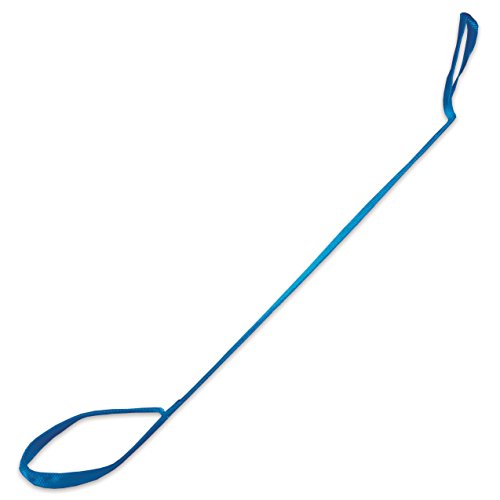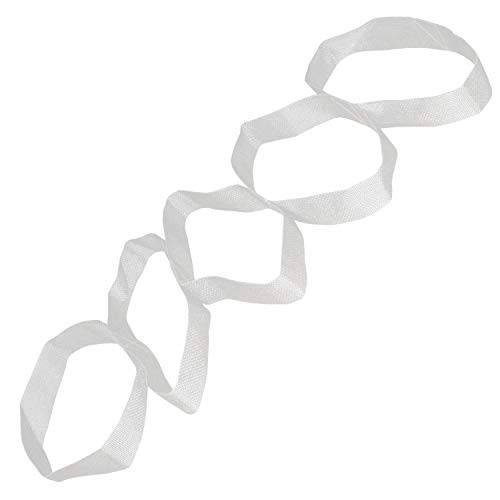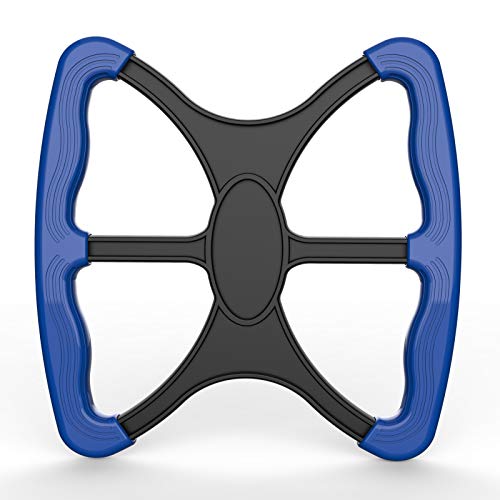One-Handed Lifter’s Adaptive Fitness
One-Handed Lifter’s Adaptive Fitness: Strategies and Inspiration
Adapting your fitness routine to a one-handed situation can be challenging, but it’s definitely not impossible! With creativity, determination, and the right approach, you can achieve your fitness goals and build impressive strength and resilience. Here are some strategies and inspiration to get you started:
Strength Training:
- Focus on bodyweight exercises: Push-ups, squats, lunges, dips, rows, and planks are all highly effective exercises that require minimal equipment and can be easily modified for one-handed performance. You can adjust the difficulty by changing your hand position, leg stance, or incline/decline.
- Utilize assistive devices: Resistance bands, weight cuffs, and ankle weights can add progressive overload to your bodyweight exercises and help you build muscle. Experiment with different combinations to find what works best for you.
- Embrace unilateral training: Train each side of your body individually with exercises like one-arm dumbbell rows, dumbbell lunges, and overhead presses. This helps maintain balance and prevent muscle imbalances.
- Machines can be your allies: Assisted pull-up machines, leg press machines, and chest press machines can be adapted for one-handed use. Be creative and work with gym staff to find safe and effective ways to incorporate them into your routine.
Cardio:
- Swimming: A low-impact and full-body workout, swimming is excellent for one-handed individuals. Different strokes engage various muscle groups, and buoyancy reduces pressure on joints.
- Cycling: Stationary bikes or adapted handcycles offer great cardio options without requiring hand-foot coordination. You can adjust the resistance to challenge yourself and build endurance.
- Rowing: Indoor rowing machines provide a fantastic full-body workout that engages your core, legs, and back. Many models can be adapted for one-handed use.
- High-Intensity Interval Training (HIIT): Short bursts of intense activity followed by rest periods offer an efficient way to get your heart rate up and burn calories. You can adapt various bodyweight exercises and cardio movements to create a one-handed HIIT routine.
Inspiration:
- Follow adaptive athletes: There are many inspiring one-handed athletes who achieve incredible feats of strength and endurance. Seek out their stories and training techniques for motivation and guidance.
- Join an adaptive fitness community: Connecting with others who understand your challenges can provide valuable support and encouragement. Online communities and local adaptive fitness programs can be great resources.
- Celebrate your progress: Focus on what you can do, not what you can’t. Every rep, every workout, every step forward is a victory. Be proud of your accomplishments and celebrate your journey towards a fitter, stronger you.
Remember, consistency is key. Start slow, listen to your body, and gradually increase the intensity and duration of your workouts as you build strength and confidence. Don’t be afraid to experiment with different exercises and adapt them to your specific needs. With dedication and a positive attitude, you can achieve amazing things in your adaptive fitness journey.
Here are some additional resources that you might find helpful:
- The Adaptive Training Foundation: https://www.adaptivetrainingfoundation.org/
- The National Center on Disability and Journalism: https://ncdj.org/
- The American Council on Exercise: https://www.acefitness.org/resources/everyone/exercise-library/
I hope this information helps you on your adaptive fitness journey!









